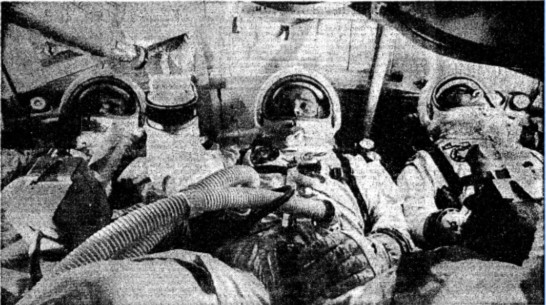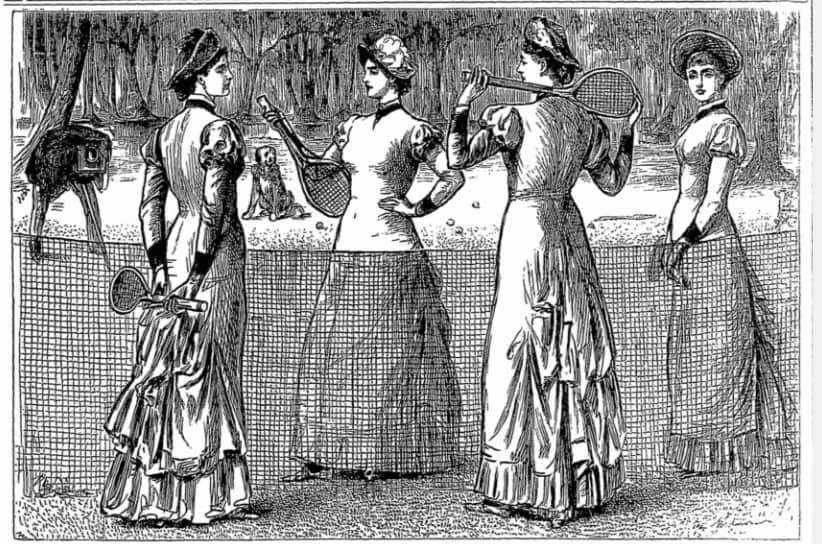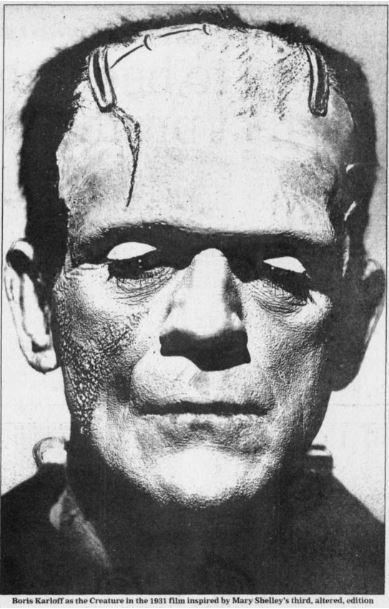│By Jasmine Weller, Inside Sales Executive for Eastern Europe │
Weenie. Wiener. Dashie. Datsun. Doxin. Doxie. Sausage dog. Hot dog. Teckel. Dackel. No matter what you like to call them, there is no denying that the Dachshund is ever growing in popularity thanks to advertising campaigns, dedicated Instagram accounts, a multitude of home interior accessories and ‘those’ sausage dog walks. Being the proud ‘fur’ mum to two of my own, I thought it was time to pay homage to these tenacious little creatures, with the help of Gale Primary Sources.








![“Pop Career for Noddy." News Review. Sunday Times, 16 Nov. 2003, p. 14[S3]. The Sunday Times Digital Archive, http://link.galegroup.com/apps/doc/FP1803638499/GDCS?u=webdemo&sid=GDCS&xid=141de559](https://review.gale.com/wp-content/uploads/2019/06/main-image.png)

